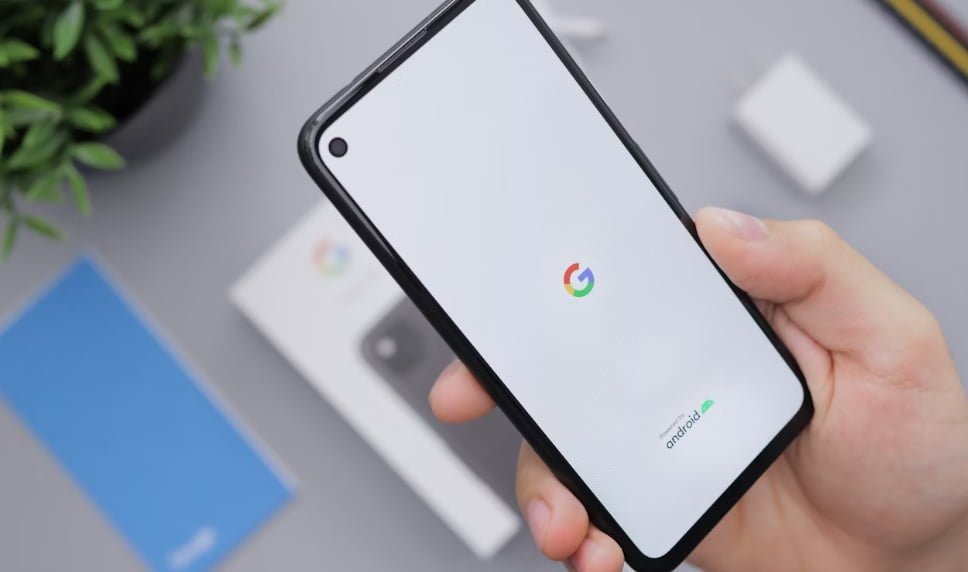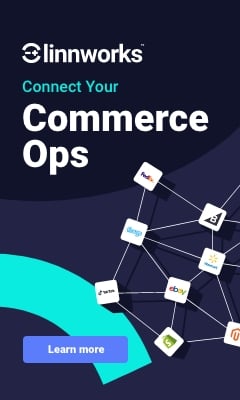Online Retail Store: 6 ways to get more customers for eCommerce
Did you know that over 30,000 businesses in the UK became insolvent in 2023? That’s a marked rise from the around 15,000 businesses in 2021, proving that today’s economy isn’t a kind one to entrepreneurs. But, that doesn’t mean it’s time to quit before you’ve started.
In fact, a fluctuating economy can be the ideal time to invest in your marketing, bringing more customers to your eCommerce shop while competition is lower and securing sales to drive your business growth. Your marketing doesn’t have to break the bank, either.
Learn how to get more customers to your B2B eCommerce company with these cost-effective strategies.
1. Start With SEO
Search engine optimisation (SEO) is a marketing method that’s ideal for eCommerce businesses and can help you compete with big-name brands.
SEO aims to push you up the search engine results pages (SERPs) for relevant results, driving traffic towards your website by hitting those coveted top-ranking spots. The higher up you are, the more likely you are to see an increase in potential customers.
It’s a marketing strategy that uses search engine algorithms to your advantage. Some of the known ranking factors you can optimise for include:
- Page loading speeds
- Keyword optimisation
- Internal and outbound links
- Backlinks
As KAU Media Group, a UK-based performance marketing agency explains, “Gone are the days of keyword stuffing, spammy links, cloaking, and poor content. If you want to succeed, you need high-quality SEO bespoke to your business needs.”
While you can use the DIY SEO approach and see a lift in your results, if you want to target all those factors to reach the top spots, it can be beneficial to work with an experienced agency.
2. Widen Your Online Visibility
If you’re looking at how to get more customers to your eCommerce shop, it’s a good idea to widen your online visibility. That means creating a broader marketing strategy that covers more platforms – such as social media and blogs – putting your business directly in front of your audience.
Before targeting new streams of leads, though, it’s crucial you conduct market research to understand more about where your target audience are. For example, if you’re looking to reach a Gen Z audience, it’s good to know that YouTube and Instagram are their preferred apps, while an older market might prefer Facebook and X (formerly Twitter).
This is the same with strategies like influencer marketing and guest posting. Both are great for tapping into a wider audience, but you need to choose your influencers and blogs wisely to ensure that they appeal to your target market and are in-line with your brand image.
3. Try PPC Advertising
Pay-per-click (PPC) advertising is a cost-effective way to skip SEO and still hit those top spots.
The most common form of PPC is Google Ads. Their system works by bidding on certain keywords that you know your target audience are frequently searching for, and then placing you at the very top of the search results for that query as a sponsored result.
You’ll only pay for any real clicks your website then gets from your customers, making this a results-based marketing method.
Aside from only paying for the leads you get, PPC is a fantastic tool because it gives you access to reams of data. With Google Ads’ analytics, for example, you can see which of your campaigns were top performers and test different copy, keywords, and images to refine your strategy.
It’s recommended that you use PPC as a short-term strategy while working on SEO for long-term, organic growth in the SERPs.
4. Invest in High-Quality Photography
As an eCommerce shop, your images can make or break your business.
How you photograph your products tells your audience more about your brand. It’s a key indicator of credibility, for example, and brings a prime opportunity to build trust with your leads. The better your images, the better perception your audience will have of your brand.
It also allows potential customers to analyse your products, helping you compete with in-person shops. Clear, high-quality images that your audience can zoom in on replicate the experience of picking up and looking at a physical product.
If you have limited cash to spend on photography, you don’t need to hire a professional. By using a lightbox and learning some basic photography skills, you can easily create high-quality product photos on a good phone camera.
Just make sure you take photos from different angles, your images are in focus, and the product is framed in the centre of the picture.
5. Bring Abanonded Shoppers Back
Did you know that around 70% of online shopping carts are abandoned? This presents a huge market of potential customers who are almost converted, giving you an opportunity to really boost your profits.
But how do you bring back shoppers who abandoned your site? One method is via retargeting ads. Using cookies to track your customers, you can advertise the products they were looking at as they browse other websites, like social media platforms. Remind them of the products that piqued their interest and give them an easy way to come back to their cart.
Email retargeting is another commonly used strategy that sees results. You can automate emails to be sent out when a customer abandons their shopping cart, reminding them that items are being held in their cart. Make completing the sale even more tempting with an incentive, like a free product or 10% off their order.
Typically, businesses see results when they send 3 retargeting emails. The first is automatically sent within an hour, the next 24 hours later, and the final email a few days or a week later. Include a link to their cart, too, making it easy to complete their purchase.
6. Create High-Value Content
One of the more creative ways to attract customers is through branded content. With social media images, short-form videos (or reels), blog posts, and podcasts, you can reach a wider audience, build your brand image, and set yourself apart as an industry expert.
It’s also worth noting that high-value content can boost your SEO. Blog posts, for example, with authoritative links to external sites and well-written content can quickly help your site gain more attention in the search engines.
The trick to a successful content marketing strategy is to ensure all of your content is useful and visually engaging. If your audience gets something from your content, they’re more likely to keep coming back for more.
Keep content in line with your brand, too. From using your business colour palette to adopting a tone of voice that suits your brand persona and engages your audience, make sure that your content is instantly recognisable as yours.
Final Thoughts
Learning how to get more customers is just the start of your eCommerce marketing strategy. Now it’s time to put these tips into practice! Get started with a few methods that resonate with your company and set your business on a path to profits.














